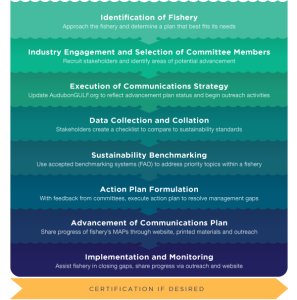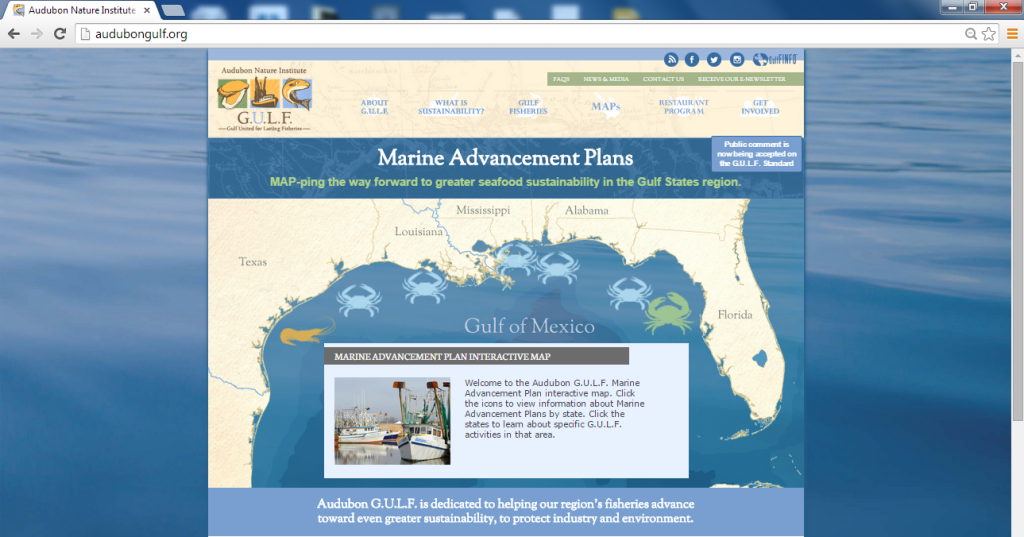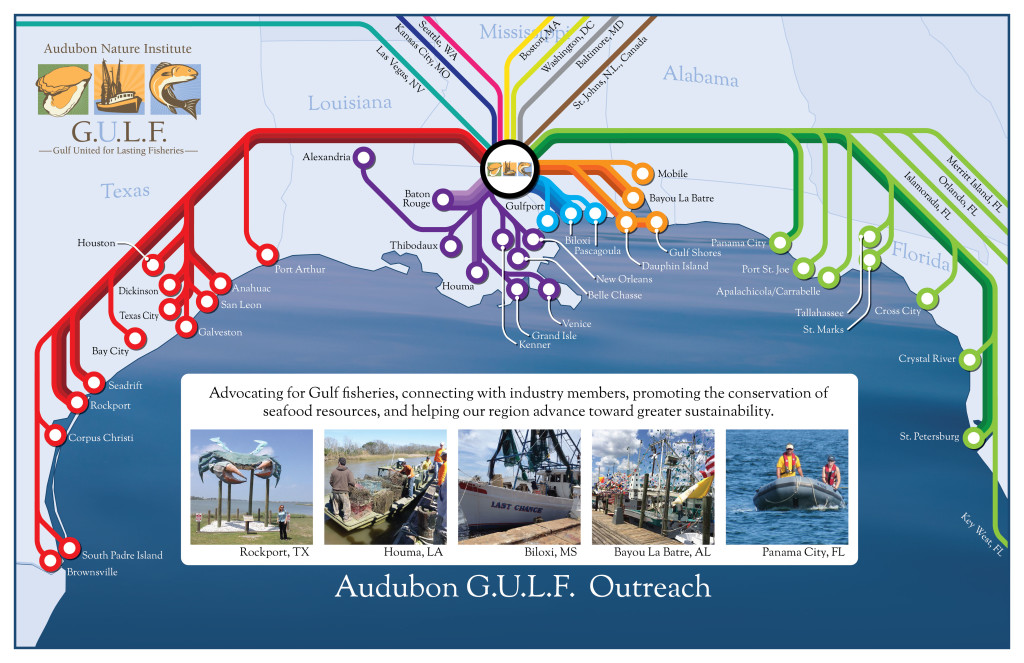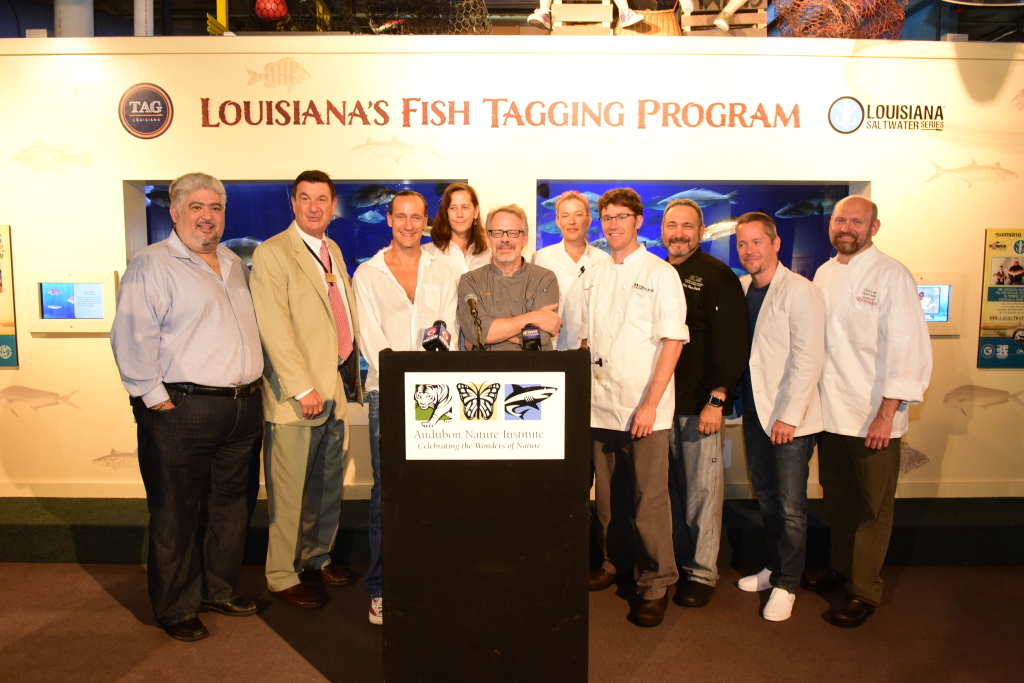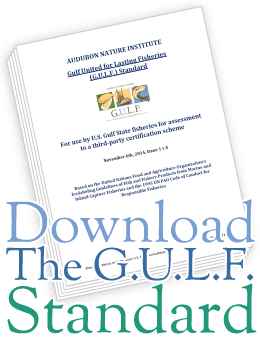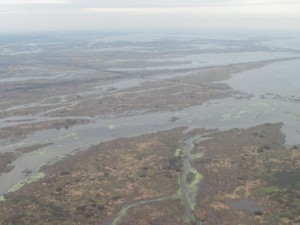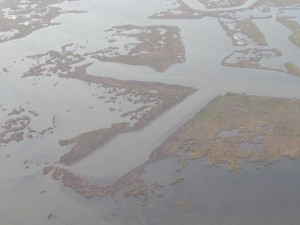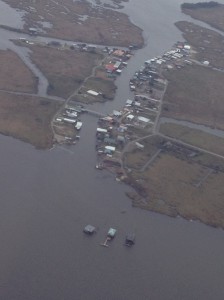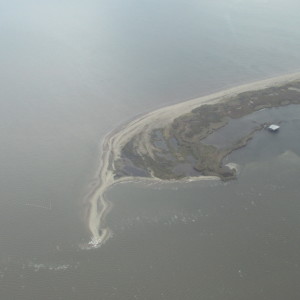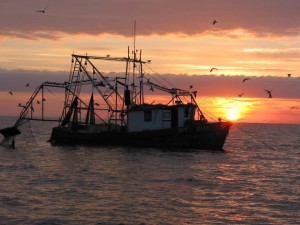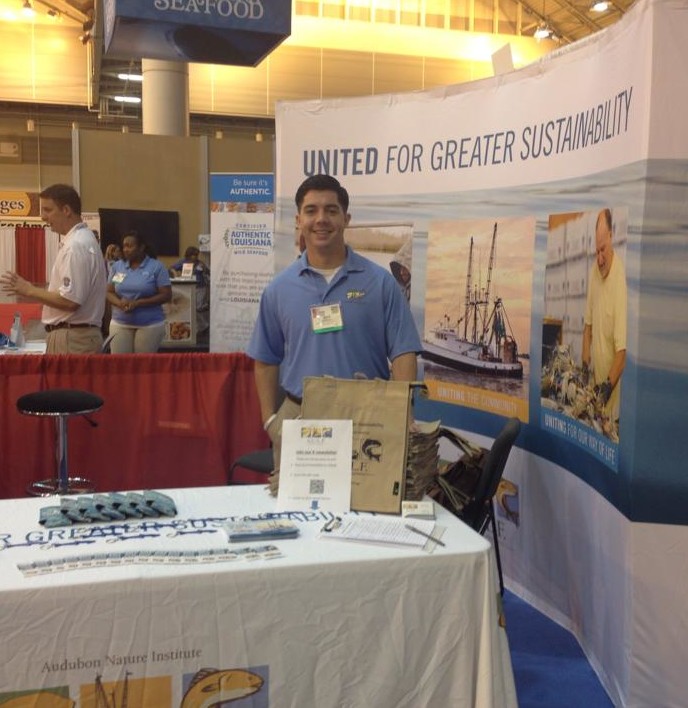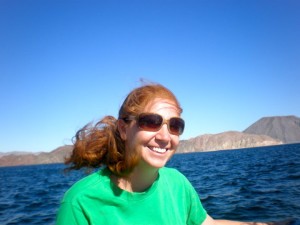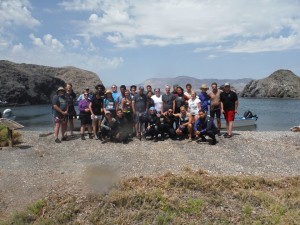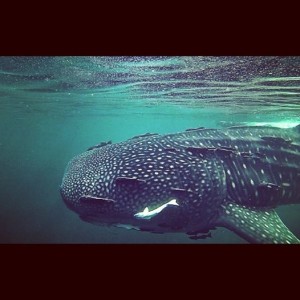Renowned chefs from the Gulf region will share their passion for local, sustainable seafood at Audubon Nature Institute’s second annual Summer of Sustainability dinner series launching on Thursday, June 1, at 6:30 p.m. and continuing through August. Tickets are going fast! Click here for more information and to purchase tickets.
“The first dinner on June 1 is all about oysters, working as both the kickoff to the Summer of Sustainability and the New Orleans Oyster Festival, taking place June 3-4 in Woldenberg Riverfront Park,” said John Fallon, G.U.L.F.’s Assistant Director. “Audubon and Oyster Fest are working closely this year to highlight the importance of having a healthy, sustainable Louisiana oyster industry.”
Hosted by Audubon’s sustainable seafood program, Gulf United for Lasting Fisheries (G.U.L.F.), the dinner series raises awareness about seafood sustainability and highlights local chefs working to support Gulf of Mexico fisheries.
“These dinners are a fun, easy, and delicious way for the public to learn about and support sustainable seafood,” continued Fallon. “The amount of culinary talent we have behind this is just astounding, and a testament to how important the issue of seafood sustainability is for us here on the Gulf Coast.”
G.U.L.F.’s Chef Council and Restaurant Partners, comprised of some of New Orleans’ best chefs, will present all-inclusive, multi-course dinners in front of the breathtaking Gulf of Mexico habitat at Audubon Aquarium of the Americas.
Spearheaded by Tenney Flynn, Chef/Co-Owner of New Orleans restaurant GW Fins, the Chef Council partners with Audubon to spotlight the importance of promoting local, sustainable seafood.
“Seeing the expanded number of talented chefs participating in this dinner series is exciting because it provides a much wider reach to educate consumers about the bounty of seafood available in our backyard, furthering the mission of the Audubon G.U.L.F. program,” said Flynn.
Participating Chefs and Restaurants (subject to change):
• Tenney Flynn-GW Fins
• Susan Spicer-Bayona
• Ryan Prewitt-Peche
• Brian Landry-Borgne
• Alan Ehrich-Audubon Tea Room
• Cory Bahr-Restaurant Cotton
• Alex Harrell-Angeline
• Jason Goodenough-Carrollton Market
• Dana Honn-Carmo
• Allison Richard-High Hat Café
• Alfred Singleton-Café Sbisa
• Austin Kirzner-Red Fish Grill
• Acme Oyster House
• Ruby Bloch – Cavan
• Chris Lynch – Commander’s Palace
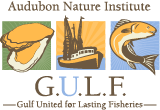
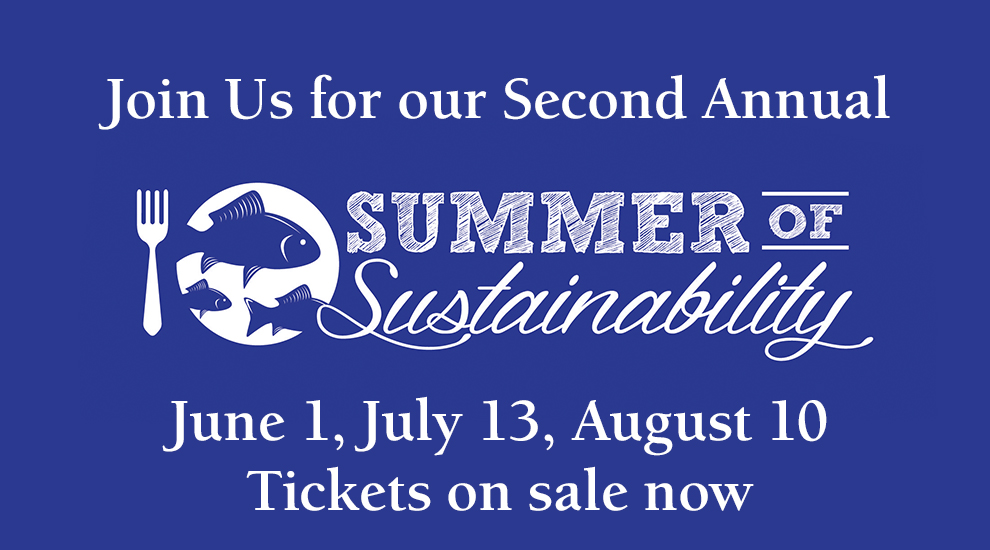
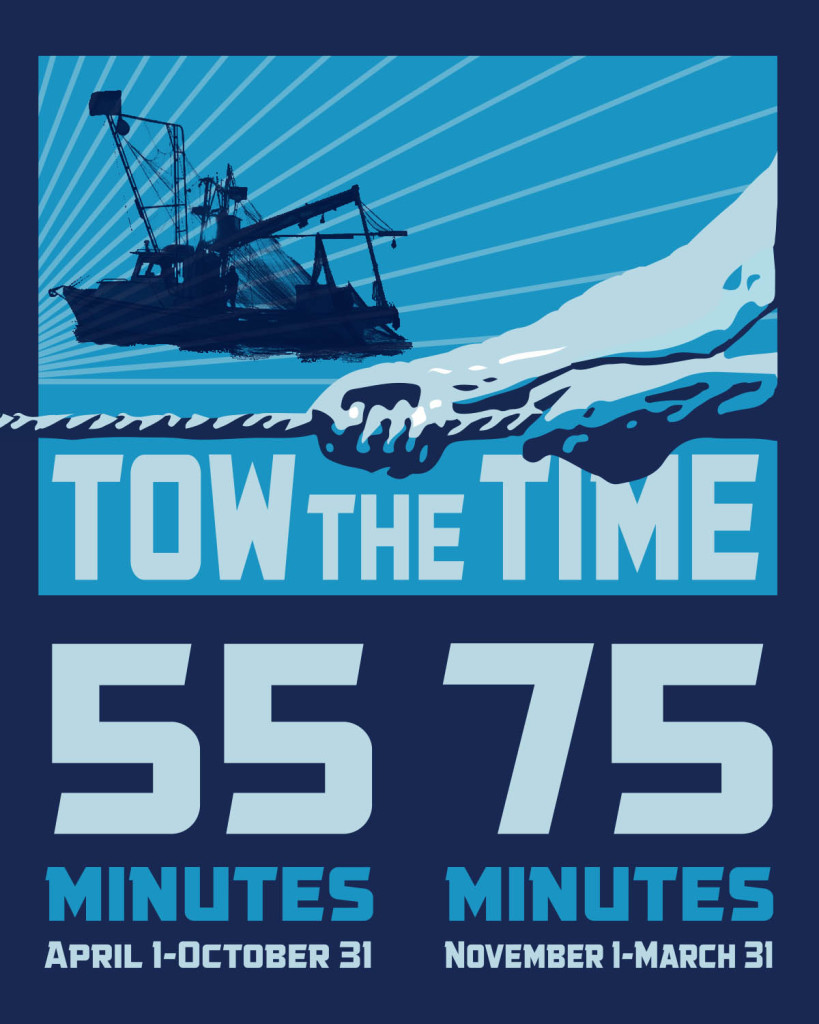
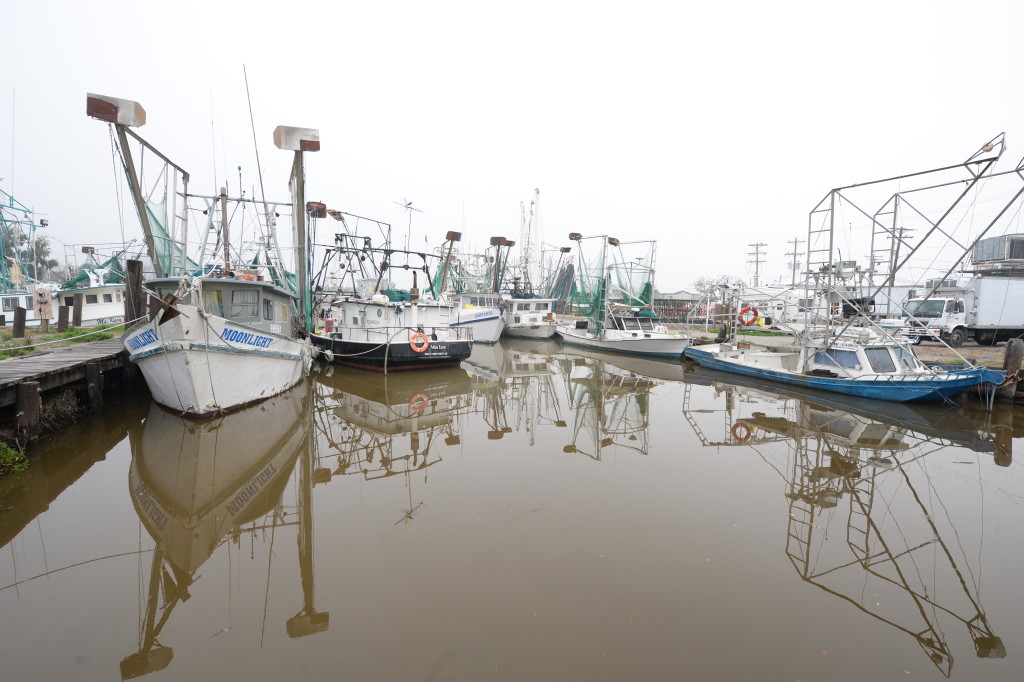 “G.U.L.F. has been working with the skimmer trawl shrimp fishery in the northern Gulf of Mexico for the last several years, ” said
“G.U.L.F. has been working with the skimmer trawl shrimp fishery in the northern Gulf of Mexico for the last several years, ” said 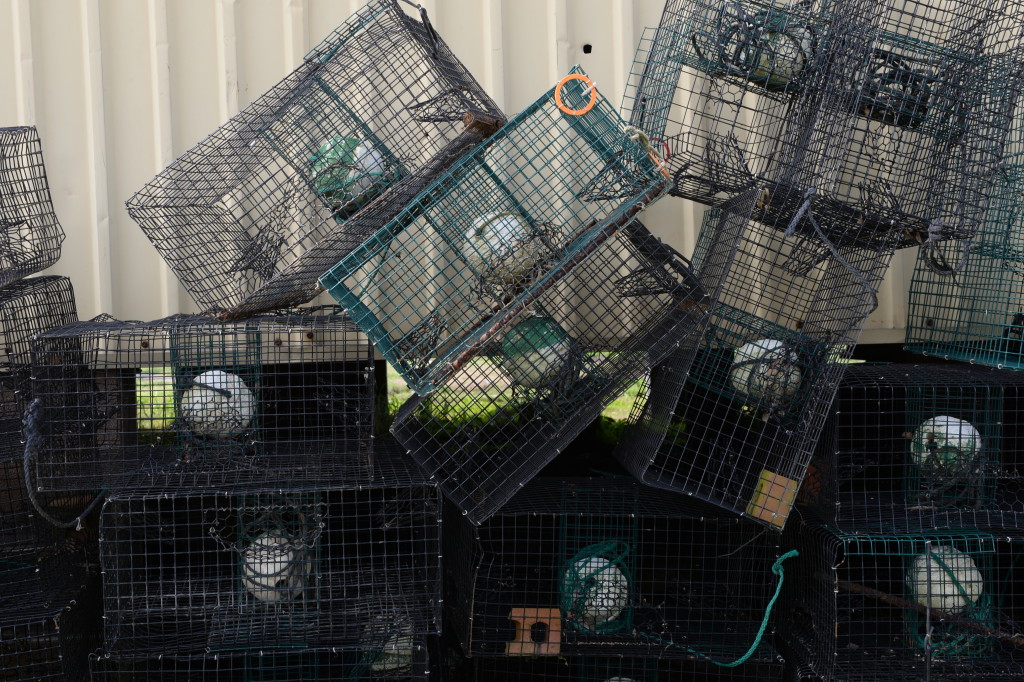 Traps are the most common way that blue crabs are harvested in the Gulf of Mexico, as well as along the Atlantic Coast. In the Gulf, traps were introduced as gear in the late 1940s and were the predominant gear by the 1950s. While they made harvest easier and more profitable for fishermen, problems arose especially regarding derelict traps.
Traps are the most common way that blue crabs are harvested in the Gulf of Mexico, as well as along the Atlantic Coast. In the Gulf, traps were introduced as gear in the late 1940s and were the predominant gear by the 1950s. While they made harvest easier and more profitable for fishermen, problems arose especially regarding derelict traps.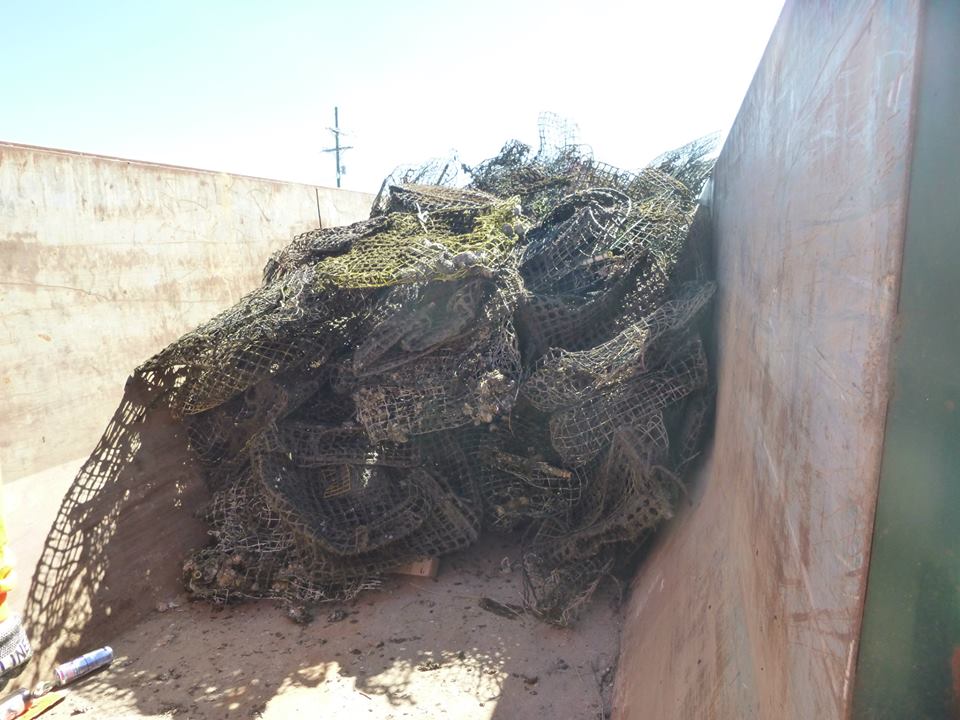 Once a trap is lost, it quickly becomes a hazard. Stray buoys and lines can be problematic for ships or boats and traps may be caught in shrimp trawls or ensnare recreational fishing lures. Ghost fishing poses a threat to animals in the area where the trap is lost. Ghost fishing occurs when lost gear continues to trap and kill animals, such as fish, crustaceans, reptiles, marine mammals, and sea birds. In the case of blue crab traps, the diamondback terrapin are a species of concern because they are listed as protected or endangered in some areas, and they share some habitat with blue crabs. Derelict cleanup efforts began in order to address some of these concerns.
Once a trap is lost, it quickly becomes a hazard. Stray buoys and lines can be problematic for ships or boats and traps may be caught in shrimp trawls or ensnare recreational fishing lures. Ghost fishing poses a threat to animals in the area where the trap is lost. Ghost fishing occurs when lost gear continues to trap and kill animals, such as fish, crustaceans, reptiles, marine mammals, and sea birds. In the case of blue crab traps, the diamondback terrapin are a species of concern because they are listed as protected or endangered in some areas, and they share some habitat with blue crabs. Derelict cleanup efforts began in order to address some of these concerns.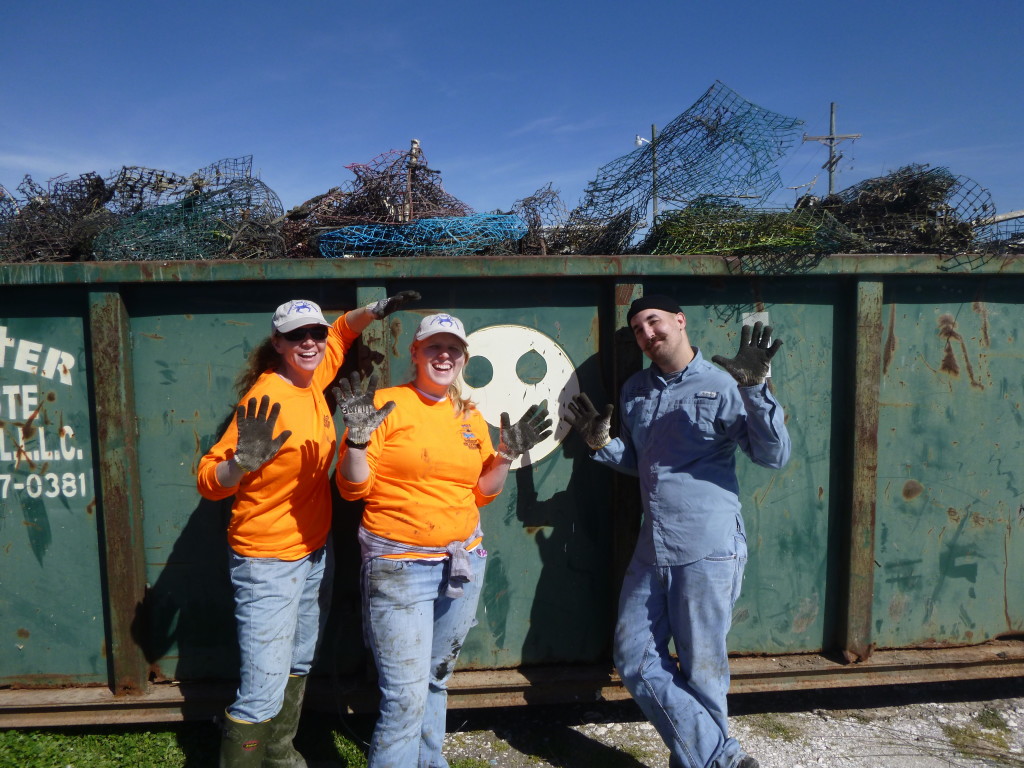
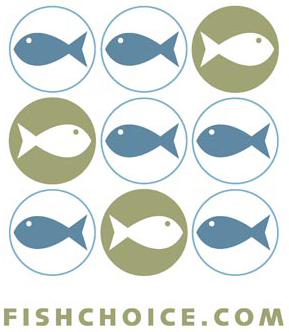 We have officially become a Sustainable Seafood Affiliate with
We have officially become a Sustainable Seafood Affiliate with 